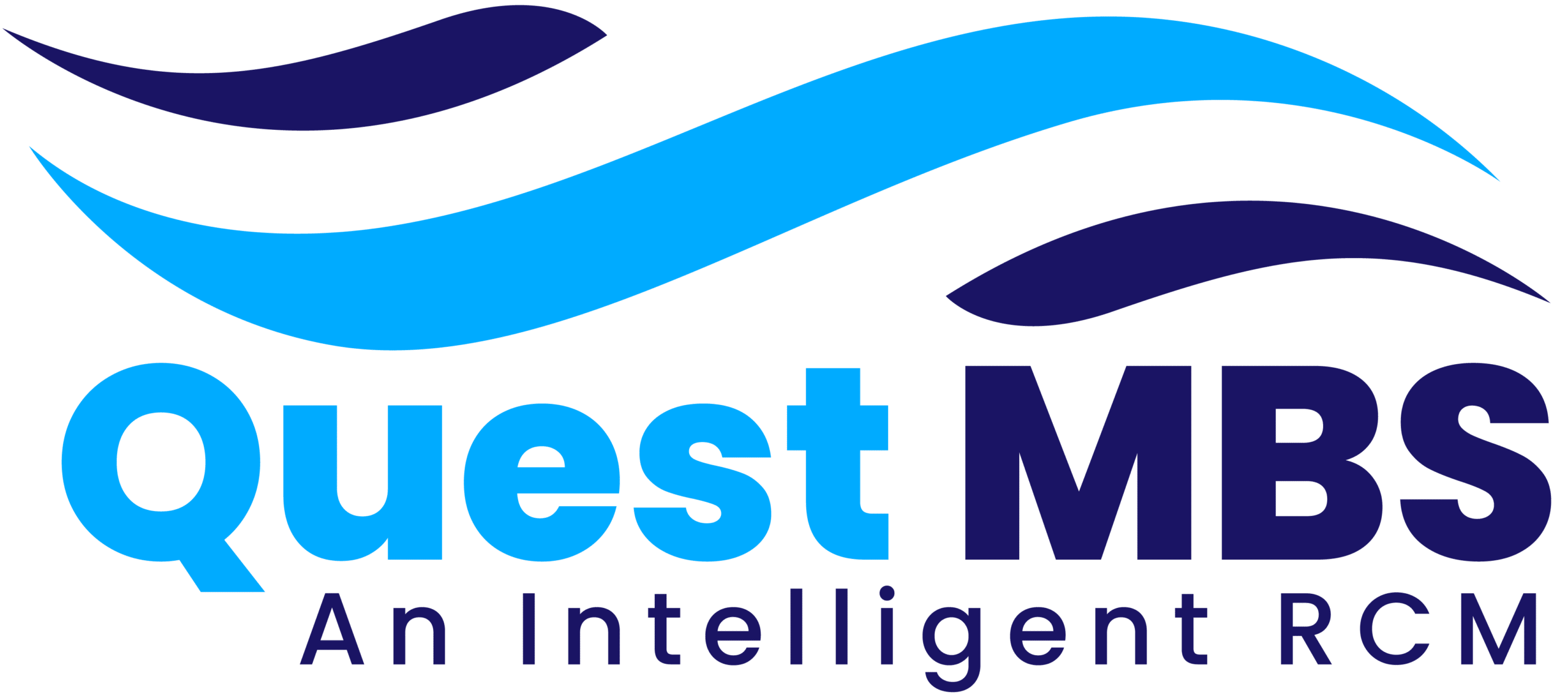Introduction to Medical Billing
Navigating the medical billing process can feel like wandering through a maze. With its intricate details and numerous steps, it’s essential to understand how everything fits together. Medical billing is not just about numbers; it plays a vital role in ensuring healthcare providers are compensated for their valuable services. Whether you’re a patient seeking clarity or a professional aiming to streamline your practice’s operations, this guide will illuminate the step-by-step workflow of medical billing.
From patient registration to claim denials, each phase has its own significance and challenges. By breaking down these components, you’ll gain insights into how efficient medical billing impacts both patients and healthcare providers alike. Let’s dive into the world of medical billing and explore what makes this process so critical in today’s healthcare landscape!
The Role of a Medical Biller
A medical biller plays a crucial role in the healthcare system. They bridge the gap between patients, providers, and insurance companies.
Their primary responsibility is to ensure accurate billing for services rendered. This involves reviewing patient records, coding diagnoses correctly, and submitting claims timely.
Attention to detail is essential in this job. A single error can lead to claim denials or delays in payment. Medical billers must stay updated on regulations and coding changes regularly.
Communication skills are just as important. Billers often interact with healthcare professionals and insurance representatives to resolve issues or clarify information.
Moreover, they handle sensitive patient data with care and confidentiality. Trustworthiness is paramount in maintaining compliance with privacy laws like HIPAA.
Their work ensures that healthcare facilities receive proper compensation for their services while also supporting patients throughout their billing journey.
Step-by-Step Workflow of the Medical Billing Process:
The medical billing process involves several critical steps that ensure healthcare providers receive timely payments. It begins with patient registration, where essential information is collected. Accurate data entry at this stage is crucial to avoid future complications.
Next comes the verification of insurance coverage. This step confirms whether the patient’s insurance will cover the services provided. Any discrepancies can lead to delays.
Once verified, claims are created and submitted to insurers for payment processing. Proper documentation and coding play a vital role here, as incorrect submissions can result in claim denials.
Payment processing follows submission, where insurers assess and reimburse based on policy terms. If a claim is denied, it’s not the end—appeals can be filed to contest these decisions.
Navigating through each phase requires attention-to-detail and systematic organization for seamless workflow management in the medical billing process.
A. Patient Registration and Verification of Insurance
Patient registration is the first step in the medical billing process. It sets the tone for the entire experience. Accurate information is crucial here.
When a patient arrives at a healthcare facility, they fill out forms that capture essential details like their name, address, and contact information. This data not only serves administrative purposes but also influences how claims will be submitted later.
Verifying insurance comes next. The medical biller checks if the patient’s insurance plan covers the services provided. They confirm coverage limits and any co-pays required upfront to avoid surprises later on.
This initial phase helps prevent delays in payment down the line. Clear communication with patients about their responsibilities can lead to smoother transactions and better financial outcomes for both parties involved in care delivery.
B. Creating and Submitting Claims
Creating and submitting claims is a pivotal step in the medical billing process. It begins with gathering accurate information from patient records, including diagnosis codes and treatment details. Each element must align with the services provided to ensure proper reimbursement.
Once all data is compiled, it’s time to fill out the claim form meticulously. This can be done using electronic health record (EHR) systems or specialized billing software that streamlines submissions. Attention to detail is crucial here; even minor errors can lead to delays or denials.
After preparing the claim, it’s submitted electronically or via paper forms to insurance companies. Electronic submissions are preferred due to their speed and efficiency. It’s essential for billers to track these claims regularly, ensuring they reach their intended destination without complications that could hinder payment timelines.
C. Payment Processing
Payment processing is a critical phase in the medical billing process. Once claims are submitted to insurance companies, they undergo thorough review and evaluation. This step determines how much of the billed amount will be paid.
Insurers may apply various adjustments based on policy coverage, deductibles, and co-pays. It’s essential for medical billers to understand these nuances to ensure accurate payments.
After receiving payment from insurers, healthcare providers must reconcile their accounts. They check that received amounts align with expected payments outlined in contracts with payers.
Any discrepancies can lead to delays or financial losses. Therefore, diligent follow-up is necessary if there are issues or outstanding balances.
Patient payments often come into play here as well. Collecting copayments or remaining balances directly from patients adds another layer of complexity to this vital step in the workflow.
D. Claim Denials and Appeals
Claim denials can be a significant roadblock in the medical billing process. When an insurance company refuses to pay a claim, it often leaves healthcare providers and patients frustrated. Understanding why claims are denied is crucial for effective resolution.
Common reasons include incorrect patient information, lack of prior authorization, or coding errors. Each denial requires careful analysis to identify the root cause.
Once identified, appeals become the next step. This involves gathering necessary documentation and correcting any mistakes before resubmitting the claim to the insurer. The appeal process can be time-consuming but is essential for recovering lost revenue.
Maintaining clear communication with both patients and insurers during this phase helps streamline efforts. Being proactive reduces future denials and enhances overall efficiency in handling claims within the medical billing workflow.
Common Challenges in the Medical Billing Process
Medical billing is fraught with challenges that can disrupt efficiency. One of the primary hurdles is the complexity of insurance policies. Each insurer has different rules, leading to confusion during claim submissions.
Another common issue is data entry errors. A simple typo in patient information or codes can result in delayed payments and increased denials.
Moreover, staying updated on regulatory changes presents a constant struggle for medical billers. Laws frequently evolve, requiring ongoing education and adaptability.
Time management also plays a crucial role in this field. Billers often juggle multiple tasks at once, making it easy to overlook critical deadlines and details.
Communication gaps between healthcare providers and payers can lead to misunderstandings, further complicating the reimbursement process. Addressing these challenges requires diligence and strategic planning throughout the workflow.
Tips for Improving Efficiency in Medical Billing
Streamlining communication is key. Ensure that all staff members are on the same page about billing processes. Regular meetings can help clarify roles and responsibilities.
Invest in advanced medical billing software. This technology automates many tasks, reducing manual errors and speeding up the entire process.
Training is essential. Continuous education for your team on new regulations and coding updates keeps everyone informed, minimizing mistakes caused by outdated knowledge.
Implement a checklist system for claims submissions. A thorough review before sending out claims can catch potential issues early, preventing denials later on.
Encourage patient engagement through clear explanations of their financial responsibilities upfront. This proactive approach reduces confusion and follow-up inquiries related to bills.
Regularly analyze your billing data to identify patterns or bottlenecks. By understanding where delays occur, you can address specific areas that need improvement effectively.
Future of Medical Billing: Automation and Technology
The future of medical billing is leaning heavily into automation and technology. More healthcare providers are adopting sophisticated software solutions to streamline their processes. This shift helps in minimizing human error, which has long plagued the industry.
Artificial intelligence (AI) plays a crucial role here. It can analyze vast amounts of data quickly, identifying patterns that lead to faster claim approvals. Machine learning algorithms can adapt over time, improving accuracy with each transaction.
Additionally, telehealth services are also reshaping billing practices. As virtual visits become standard, coding for these services needs innovation and flexibility.
Blockchain technology may also make waves by ensuring secure and transparent transactions between all parties involved—patients, providers, and insurers alike.
As technology continues to evolve, so will the methods we use for medical billing. The integration of these advancements could transform the financial landscape in healthcare as we know it today.
Conclusion
The medical billing process is a vital part of the healthcare system. Understanding its workflow helps both providers and patients navigate the complexities involved. From patient registration to claim denials, each step plays a crucial role in ensuring that services are compensated accurately.
As technology continues to evolve, embracing automation can streamline these processes further. By investing in efficient systems and training staff appropriately, healthcare practices can enhance their billing operations significantly.
Awareness of common challenges empowers practitioners to address issues proactively while focusing on providing quality care. The future looks promising for medical billing as advancements reshape how transactions are handled. Engaging with this knowledge not only benefits healthcare professionals but also aids patients in understanding their financial responsibilities better. It’s essential for all stakeholders to stay informed about developments within this ever-changing landscape.







